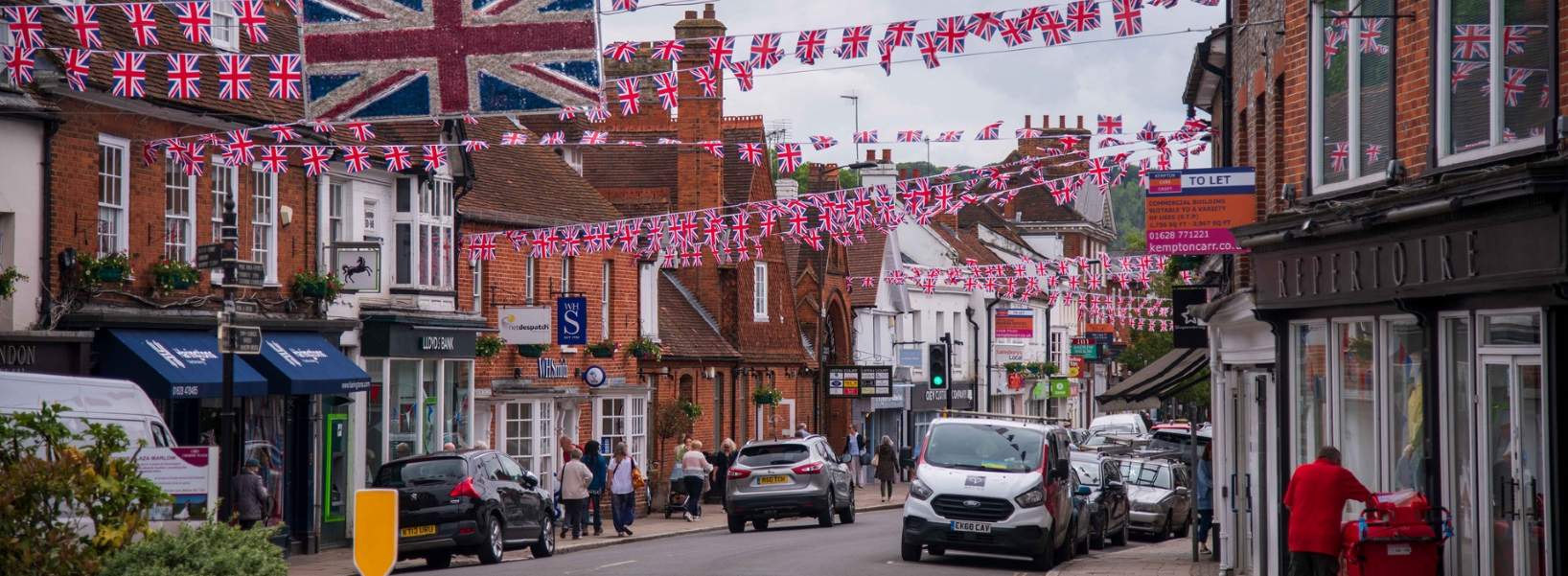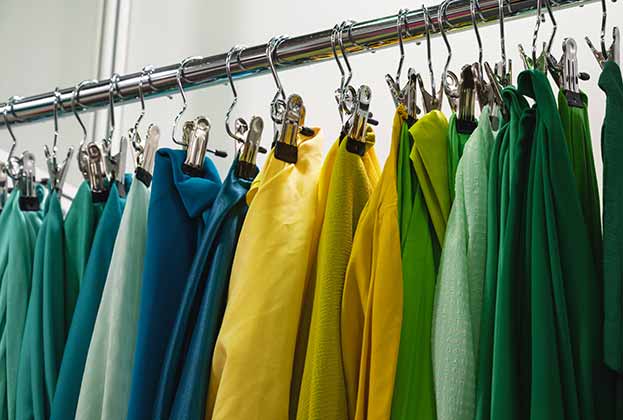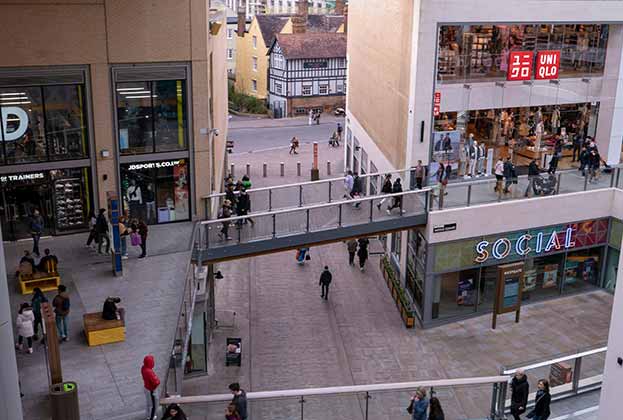Consumer behaviour has become increasingly purpose-driven, which means a preference for shopping locally regularly for essentials, or sentiment for occasional travel further afield for discretional or experiential based purchases. This shift in consumer demand has translated to a change in direction for retail, with repositioning and repurposing now in common parlance with landlords and local authorities. While the narrative often favours a common thread of strong demand for prime pitches and a continued move out of town for many retailers, there are unexpected positive benefits of the current market conditions that are bringing green shoots to unexpected places.
As cost inflation eases non-fixed occupational costs, a rebasing of rents over the last five years and a freezing of business rates for a fourth consecutive year easing fixed occupational costs, means that some brands are now feeling confident about taking new high street stores in convenience and community locations. Value fashion operators, for instance, are steering away from their traditional focus on fashion-first destinations. The renewed focus on these locations complements their existing store portfolios, capitalising on the shift in consumer demand.
Ironically perhaps, the increase in vacancy, particularly in smaller regional towns, or those with a large dominant city centre nearby, means that units previously unavailable or unaffordable are now more competitively priced. It is exciting to see that there are a number of brands that recognise that these are exactly the kind of markets they can trade well from.
Several mass market and value-based fashion retailers, which have soared in popularity in the past decade, have seen gaps in their estates appear in smaller high streets, where there is also a good fit with the catchment demographic. Consequently we have seen an increase in demand from unexpected quarters where brands have identified untapped demand. For instance, Pavers Shoes, which currently has more than 100 stores across the UK and Ireland, is looking to open 15 more stores in the coming months in regional centres as it looks to benefit from loyal shopping catchments. It’s not alone in its growth strategy; Peacocks, Bonmarché and Edinburgh Woollen Mill are looking for 90 stores between them, followed by Shoezone (50 stores), Trespass (30 stores) and Deichmann (15 stores).
Aside from opportunities on the back of occupational costs and available units, there are other reasons why these locations are proving important growth areas for these retailers. We are seeing many local high streets redefining their purpose by focussing on convenience and essential retailing needs, compared to the destination and experiential retail found in major centres.
Many of the UK’s high streets have seen footfall find a new normal at 40% below pre-pandemic levels. This means that people visit less frequently, but are more purposeful when they do, with an increase in conversion rates. The affordable/value end of fashion – call it "functional fashion" – may not be glamorous but is essential to most of UK households, as they meet basic needs as consumers cut back on certain discretional spending behaviour.
While economic challenges persist, opportunities abound for the value fashion sector outside of prime high streets. By leveraging favourable conditions, stakeholders can navigate the current landscape with resilience and adaptability.
Further information
Contact Steve Henderson or Tom Whittington




.jpg)





